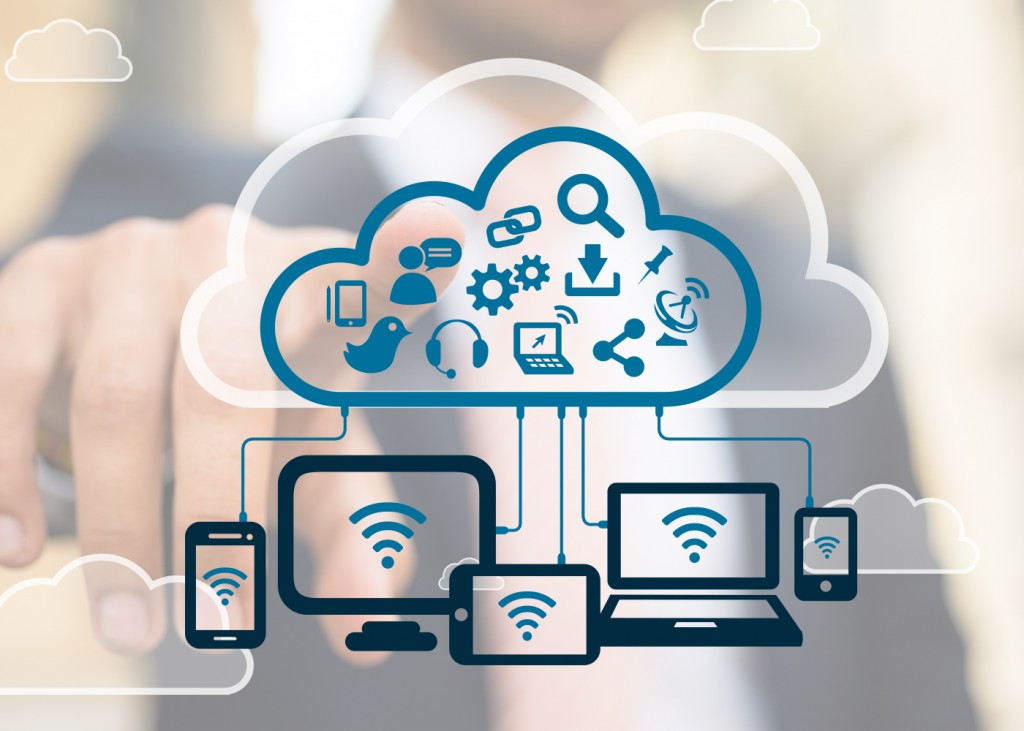When we think of the cloud, we think that it has been around for years. In reality, the cloud has only become a household name in the last 10 years.
We think of the cloud as a place that we can remotely store files, with platforms like Dropbox and Google Drive and many others being available for this purpose, it is difficult to see the full potential of the cloud.
The development of the cloud came from the 1970’s, based on an idea known as “dumb terminals”. The idea behind this was a physical piece of hardware that requires the use of a remote service for computational processes. The terminal is a means of accessing the power of another, more powerful machine. These “dumb terminals” are still used in some industries, airlines and banks are some of the firms that input and recall data from the connected computer.
What’s the definition of the cloud?
There are many definitions of the cloud, all amounting to the same thing. Offering services such as, servers, storage and applications and delivering them to an organisations computers or devices through the internet.
The National Institute of Standards and Technology (NIST) have offered the following as characteristics of the cloud.
On-demand self-service: Traditional IT is associated with long delays, the on-demand self-service is the ability for a user to sign-up and receive services without experiencing these delays.
Brand network access: The ability to access the service via all standard platforms.
Resource pooling: Resources are pooled across multiple customers.
Rapid elasticity: Capability can scale to cope with an increase in demand.
Measured service: Billing is metered and delivered as a utility service, so the user only pays for what they have used.
Stepping stones
A contributing factor in how we utilise the cloud is the Chromebook. These machines were unique because they had more than enough computing power to function well, but they relied on remote software to work with data and files. The Chromebook works seamlessly with Google applications, blurring the lines between computer and cloud.
The CloudStack
CloudStack offers the full “stack” of features most businesses want with an infrastructure cloud. It contains three major pieces:
- Software as a Service (SaaS) – Software that is deployed over the internet.
- Infrastructure as a Service (IaaS) – A way of delivering cloud computing infrastructure, servers, storage, network and operating systems) as an on-demand service.
- Platform as a Service (Paas) – A computing platform that allows the creation of web applications quickly and easily.
The cloud is much more than just a place to store files. Not only can it save businesses a lot of money, it allows companies to be agile, flexible and efficient. It reliably serves up software so that data can be manipulated and saved and makes it possible for developers to rapidly, and easily roll out new and improved applications. The great thing is that companies can scale quickly, you pay for usage so if your company expands rapidly, all the services you need are there, similarly if you are downsizing within your business, the cloud allows for this and you can reduce costs accordingly.
At ITC, we understand how important it is to have an internet connection that allows your business to fully utilise all resources, including the cloud. We have many options available when it comes to business broadband and would be happy to discuss these with you. If you want to speak to a member of our team about your requirements, then contact us on 0845 652 0450 or email info@clickitc.co.uk.

